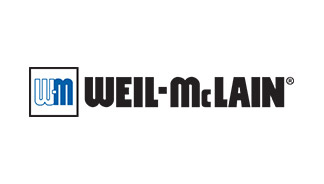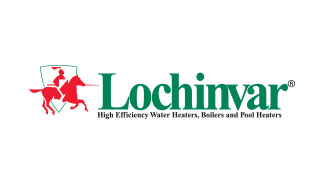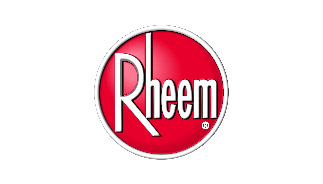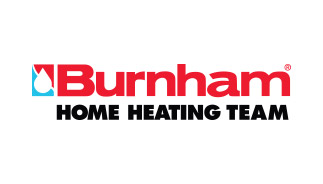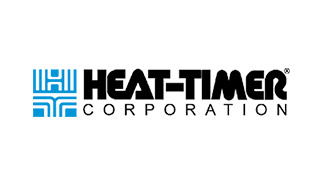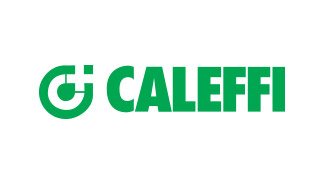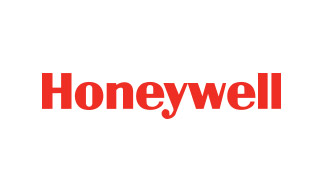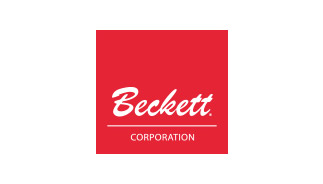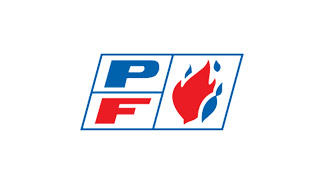Published on
October 6th, 2022Prevent Heat Loss and Wasted Fuel Costs with Proper Pipe Insulation
If your building occupants are complaining about not enough heat or hot water, condo association members need to take a look at pipe insulation for your boiler system and hot water supply lines. Poor insulation is often a major cause of heat loss, which means wasted fuel and excessively high utility bills, as your boiler runs constantly but water is still tepid at the taps. Fortunately, adding insulation is a relatively affordable and easy way to fix this problem. Here are some of the most common questions we hear about this common problem in New York City condos and co-ops.
What Happens When Hot Water Pipes Aren’t Insulated Properly?
Excessive boiler demand
If your building’s occupants are enduring lukewarm showers or inadequate warmth with hydronic radiator heating, it’s going to have multiple negative consequences for your boiler, as well as for your gas and water bills. Usually, the first fix is to turn up the temperature settings on the boiler, which makes it run more often. This uses more fuel and water, plus it puts more strain on the boiler system.
Every part is running more frequently, from the automatic water feeder to the combustion elements. This increases the need for boiler maintenance and repair, and it can shorten the lifespan of your boiler. Of course, your gas and water bills go up commensurately too. Sometimes occupants will let water run longer, hoping it will eventually warm up, but this only puts further stress on the boiler and wastes water.
How Do You Know Heat Loss Is Causing Not Enough Heat or Hot Water?
Ruling out other culprits
You can rule out other causes of tepid water fairly easily in the scenario described above. If the boiler temperature settings are appropriate, or even a bit high for the desired water temperature, you know it’s heating the water correctly. If the pressure is fine, you don’t have an issue of narrow pipes, leaks, or need for a booster pump. If the circulator pump is operating properly, it’s not a supply problem.
Depending on where insulation is needed, you may see some areas of the building that receive perfectly fine heat and hot water. However, other areas report poor hot water delivery and not enough heat in winter. This means the problem isn’t with your boiler area but with the pipes leading from the boiler to certain floors or wings. Those pipes might be lacking in insulation where others are protected. Or the hot water supply lines run through chilly parts of the property, such as north-facing walls or walls that are exposed to constant wind.
There are a few other signs that insulation is wanting in some or all of your pipes:
- Problems with freezing or burst pipes in winter
- “Sweating” pipes (condensation appearing on the pipes’ exterior, see more below)
- Small pinhole-sized leaks on the tops of pipes where sweating has contributed to pipe corrosion
- Frost observed on pipes
Are There Other Reasons to Insulate Boiler and Hot Water Pipes?
Three additional rationales to invest in insulation
Insulating your pipes won’t just improve your heat and hot water situation and protect your boiler from undue wear and tear. You’ll experience three other benefits too:
- Prevention of pipes that could potentially freeze and burst in cold weather, causing high plumbing bills and water damage
- Protection of workers in the boiler room, which reduces on-the-job burn injuries, lost manpower, and workers compensation claims
- Elimination of pipe sweating, when steam condenses and settles on pipe surfaces, leading to corrosion and the growth of mold and mildew
What Kinds of Boiler System and Hot Water Line Insulation Are Needed?
Insulation explained
There are many types of pipe insulation. This chart reviews the basics so you can compare them for different applications.
| Type of Insulation | Applications | Pros and Cons |
| Foam insulation | For DIY jobs and easy-to-reach spots, such as under sinks. | Available at home and hardware stores. Simple to cut and fit, but not for use in the boiler room or most pipes behind walls. |
| Nitrile foam rubber insulation | Prevents heat loss and sweating up to about 220 degrees Fahrenheit. | Comes in many different forms, including self-sealing, so may be used for DIY applications with plumbing, boilers, and HVAC. Can be used outside with a UV finish. Limited temperature maximum. |
| Mineral fiber insulation | Used in commercial boiler rooms. | Very high temperature capacity (above 1,200 degrees Fahrenheit). Can be used outdoors with a sheet covering. More eco-friendly than rigid fiberglass insulation. Must be applied by a boiler specialist. |
| EPDM foam rubber insulation | Made for use on pipes that run outside. | Has built-in UV protection and comes in multiple formats for various applications. Insulates up to 300 degrees Fahrenheit. |
| Phenolic foam insulation | Used in industrial and large-scale residential settings. | Can handle temperatures up to about 250 degrees Fahrenheit and as low as -58 degrees Fahrenheit. Provides excellent protection when completely sealed. Must be applied by a professional, who can purchase it in various formats for different parts of the boiler system. |
When Is the Best Time to Insulate Boiler and Hot Water Pipes?
Before winter
You don’t want to wait until the heat season is upon us to think about insulating your boiler system or hot water pipes. You’ll only experience more heat loss then, and boiler experts like Calray Boilers tend to book up quickly with boiler repairs.
It’s better to plan for insulation during the summer or early autumn. This gives you a chance to assess what kinds of insulation are needed and where it should be applied. It also allows for discussion within the condominium or co-operative governance to budget and schedule for the upgrade.
Does your building need insulation to guard against heat loss and improve your heat and hot water supply? Call Calray Boilers today at 212-722-5506 to schedule an appointment to plan for your fall improvements before the cold weather begins.
